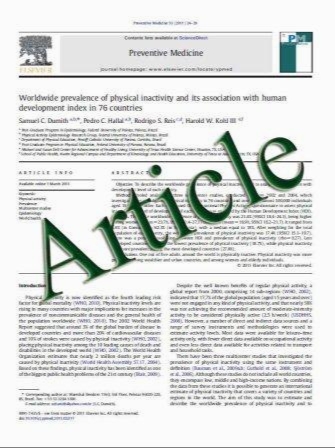Semaphorins in kidney development and disease: modulators of ureteric bud branching, vascular morphogenesis, and podocyte-endothelial crosstalk
- نوع فایل : کتاب
- زبان : انگلیسی
- مؤلف : Kimberly Reidy & Alda Tufro
- چاپ و سال / کشور: 2011
Description
Semaphorins are guidance proteins that play important roles in organogenesis and disease. Expression of class 3 semaphorins and their receptors is regulated during kidney development. Gain- and loss-of-function experiments demonstrated that tight semaphorin3a gene dosage is required for podocyte differentiation, and for the establishment of a normal glomerular filtration barrier. Sema3a modulates kidney vascular patterning acting as a negative regulator of endothelial cell migration and survival. Excess podocyte semaphorin3a expression causes glomerular disease in mice. In addition, Sema3a is a negative regulator of ureteric bud branching, whereas Sema3c is a positive regulator of ureteric bud and endothelial cell branching morphogenesis. In summary, secreted semaphorins modulate ureteric bud branching, vascular patterning, and podocyte-endothelial crosstalk, suggesting that they play a role in renal disease. Understanding the signaling pathways downstream from semaphorin receptors will provide insight into the mechanism of action of semaphorins in renal pathology.
Pediatr Nephrol (2011) 26:1407–1412 DOI 10.1007/s00467-011-1769-1 Received: 10 November 2010 / Revised: 12 December 2010 / Accepted: 6 January 2011 / Published online: 20 February 2011


